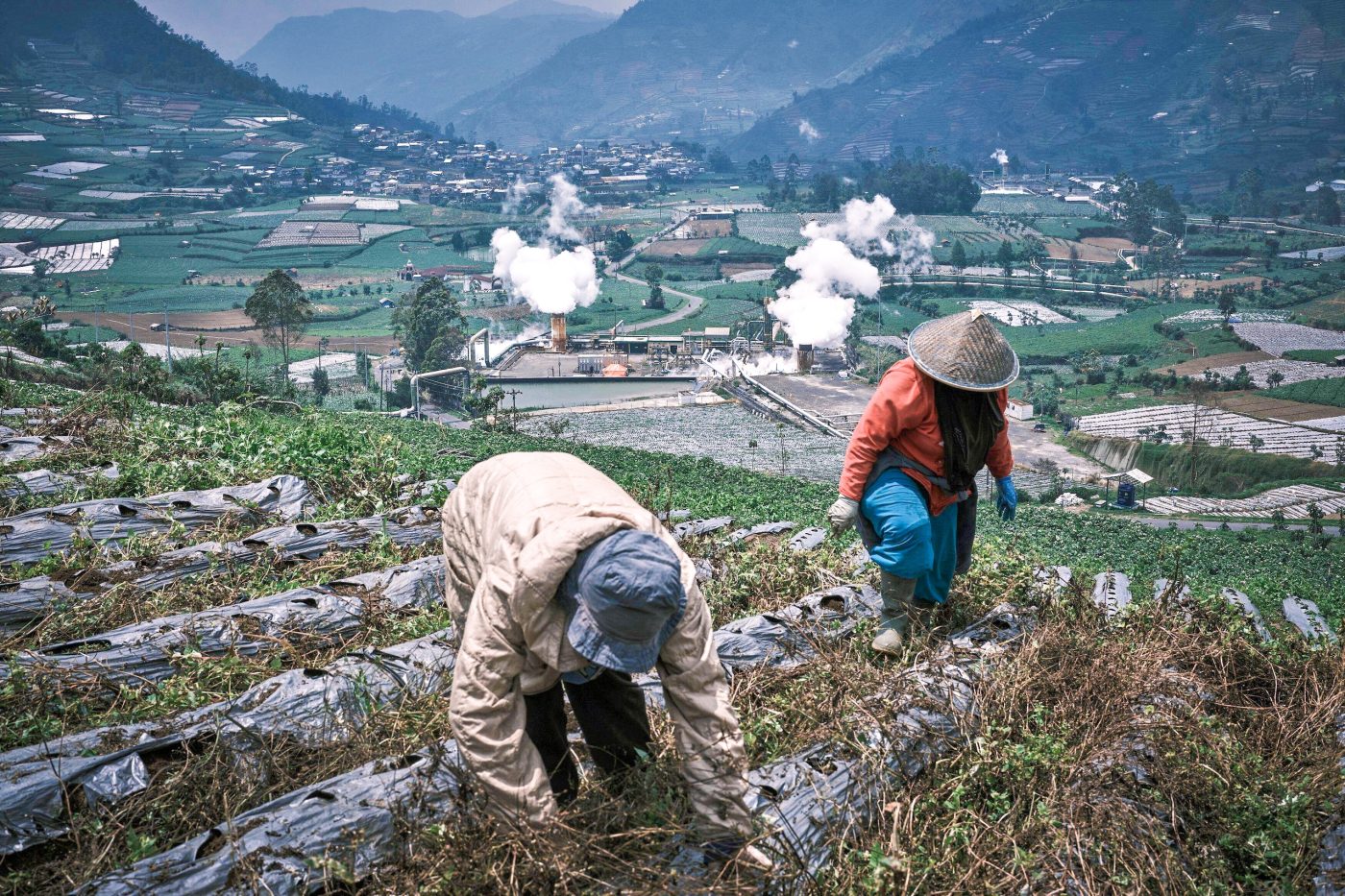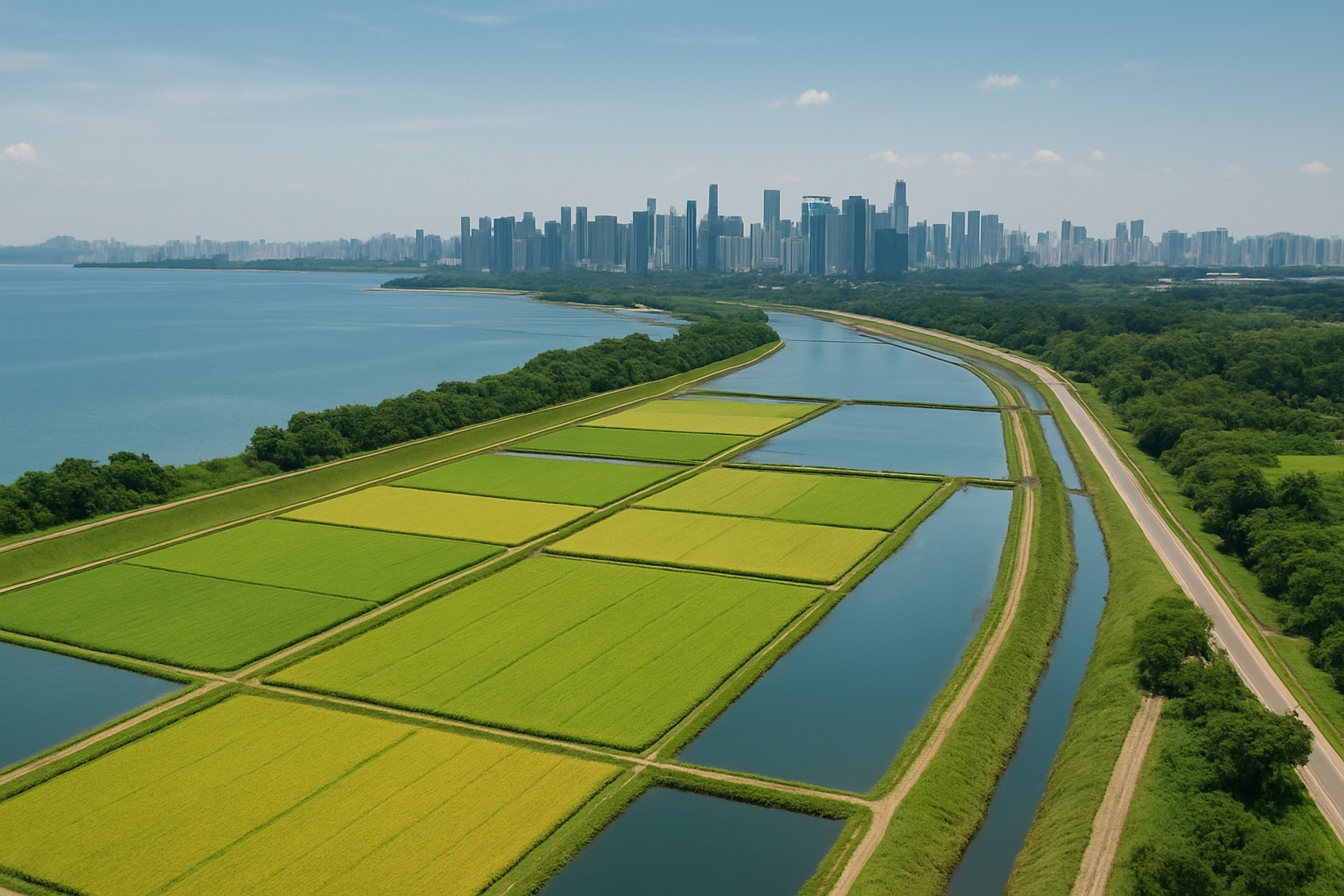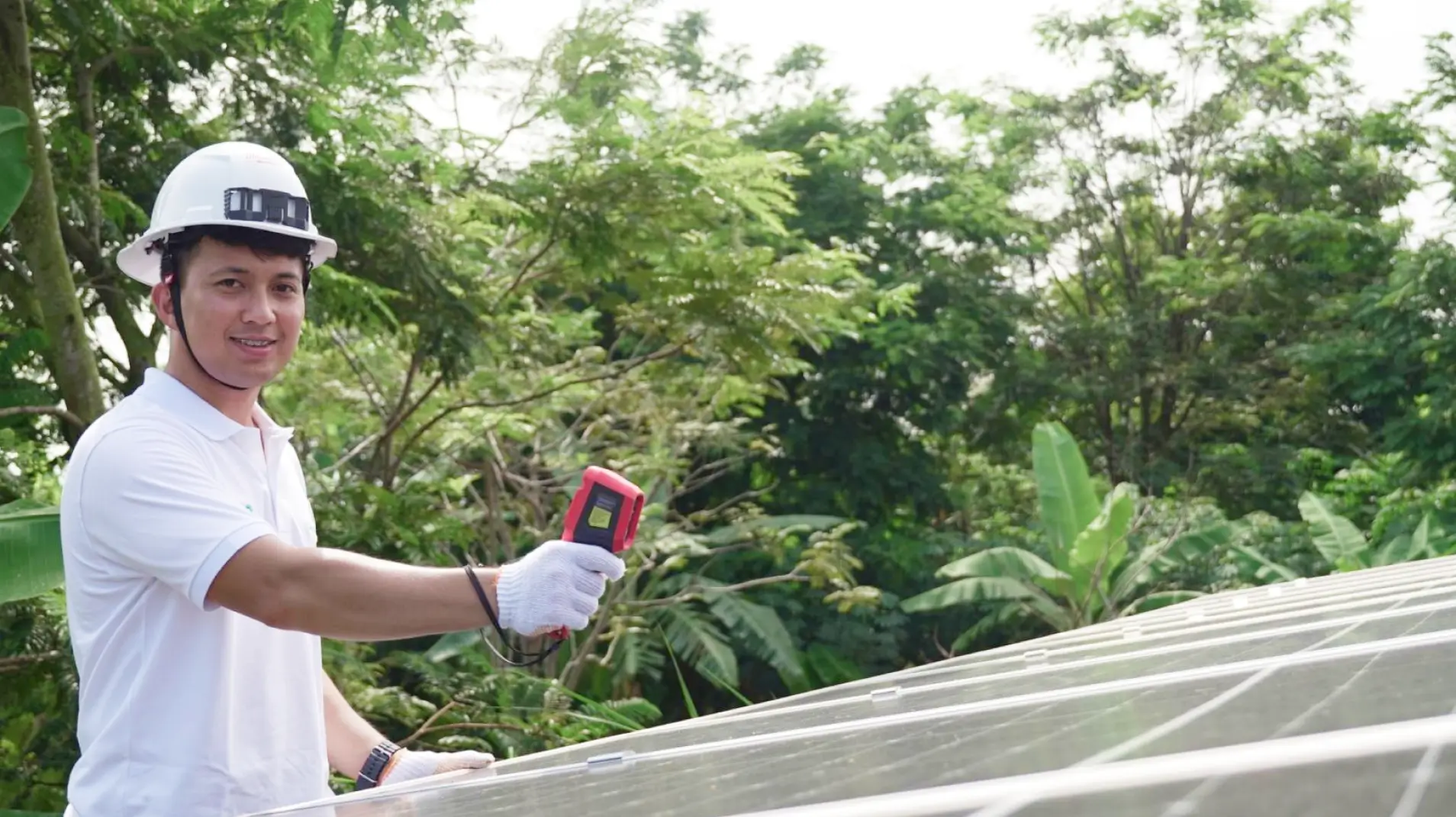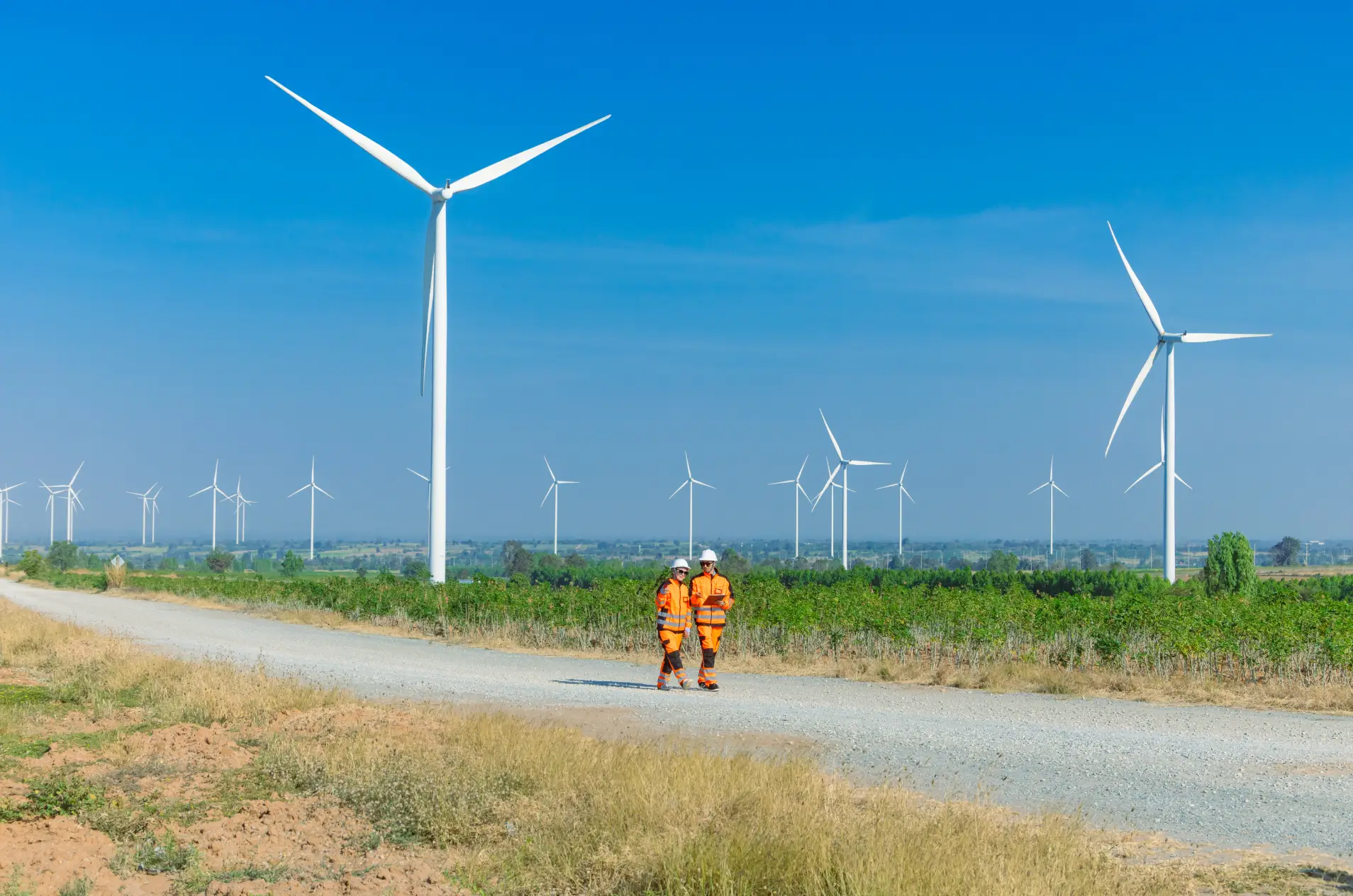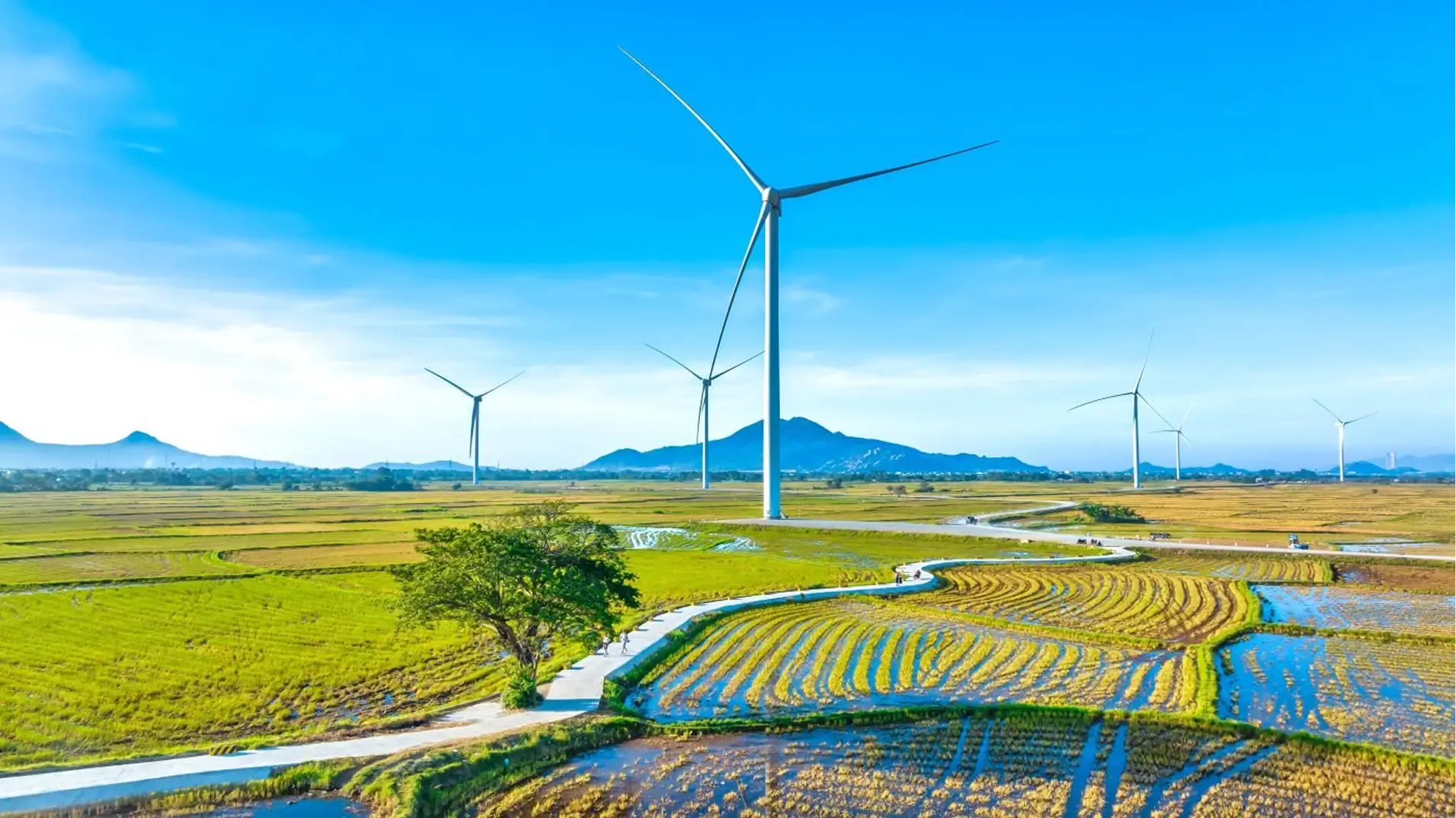By SEAChange editorial staff

Most of the planet is addicted to coffee. For millions, the day doesn’t properly begin until that first cup. However, increasingly, our ritual is under threat. As climate patterns shift, the delicate balance required to grow our favorite bean is being disrupted and the consequences are encroaching into global supply and prices more quickly than many realize. Early warning signs are already evident in major producing regions like Vietnam, Brazil, and across Southeast Asia, where climate stress is starting to reshape the future of coffee.
Coffee, particularly Arabica, which accounts for most specialty, high-quality beans, is extremely sensitive to environmental conditions. It thrives only within narrow temperature ranges, with consistent rainfall, shade, certain soils, and specific elevations. When any of these factors shift, yields suffer. Studies show that by 2050, under all plausible warming scenarios, land highly suited to coffee could decline by roughly 50% globally. Major producers like Brazil, Vietnam, Indonesia, and Colombia, countries central to the coffee supply chain, are expected to face significant losses in suitable growing areas.
As recently reported in Global Coffee Report, Vietnam, which is the world’s second-largest coffee producer, is already feeling these pressures. Unusually hot and dry conditions have delayed flowering and reduced yields, while poor rains this year are compounding long-term challenges. Even small shifts in seasonal rainfall are translating into major shortfalls, threatening both supply and farmer incomes.
Climate Impacts Tracker underscores the severity: Vietnam’s Central Highlands, responsible for most of its coffee output, has endured severe droughts leading to a 20% production drop in the 2023–24 season and a 10% decrease in exports. Farmers report widespread flower loss on weakened trees, pointing to even greater risks in future harvests.
The broader region is grappling with similar issues. Erratic weather, heatwaves, unpredictable rainfall, droughts, and new pest outbreaks are undermining production from Ethiopia to Brazil. As reported in Global Coffee Report, Vietnam’s reduced output this year is expected to push prices higher worldwide, since it is the dominant supplier of Robusta beans used in many commercial blends. “Economists like to say that demand for coffee is relatively inelastic; drinkers are so attached to their daily caffeine fix that they keep buying it even when prices increase,” says Frida Garza, staff writer at Grist.
Ultimately, coffee may become one of the most relatable bellwethers of climate disruption.
At the same time, Southeast Asia’s specialty coffee sector is adapting. As highlighted in Coffeeclectic, growers in Indonesia, Thailand, Vietnam, and the Philippines are investing in climate-resilient varieties, shade-grown systems, water conservation, and organic practices. These approaches not only protect farms from climate shocks but also produce unique, high-quality flavor profiles that are gaining ground in global specialty markets. However, as both Coffeeclectic and Global Coffee Report note, adaptation requires investments in knowledge and infrastructure, resources that many smallholders lack.
Will this lead to an outright coffee shortage? Probably not in the sense of total disappearance, but more likely in the form of lower yields, higher volatility, and shifts in what kinds of coffee (quality, origin, species) are available. Some regions will no longer be viable for Arabica and may transition to Robusta or move cultivation upslope. Farmers in Vietnam as an example are already experimenting with more drought-resilient practices, but the costs of transition remain a major barrier.
For consumers, the impact goes beyond higher prices. It could mean losing access to familiar flavors, experiencing more frequent market swings, and even encountering shortages of certain origins or blends. A single bad season in a key region like Vietnam can now jolt global supply chains almost overnight.
Ultimately, coffee may become one of the most relatable bellwethers of climate disruption. When your morning brew becomes more expensive, more volatile, or unavailable in the form you know, the reality of climate change becomes personal. And that awareness could fuel stronger support for climate-smart solutions; demanding sustainable sourcing, backing farmers to adapt, and advocating for policies that keep warming in check.

